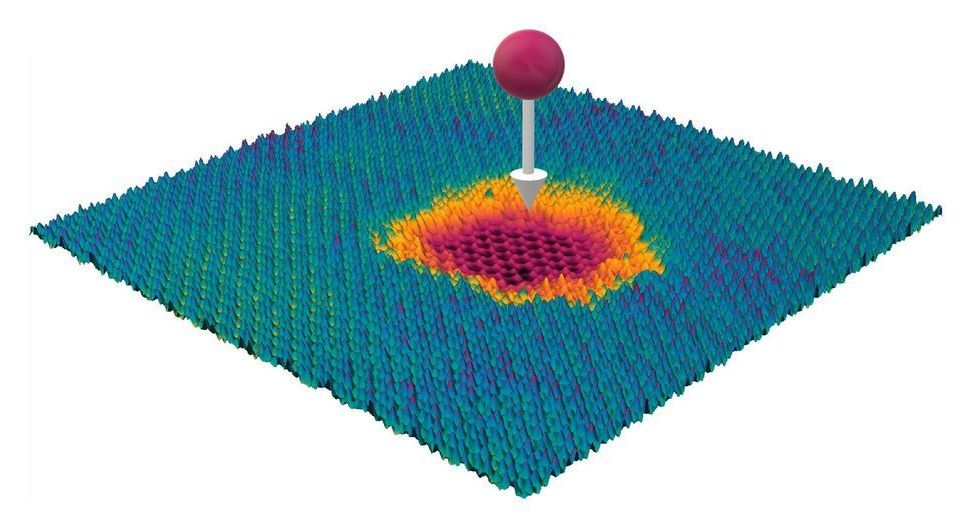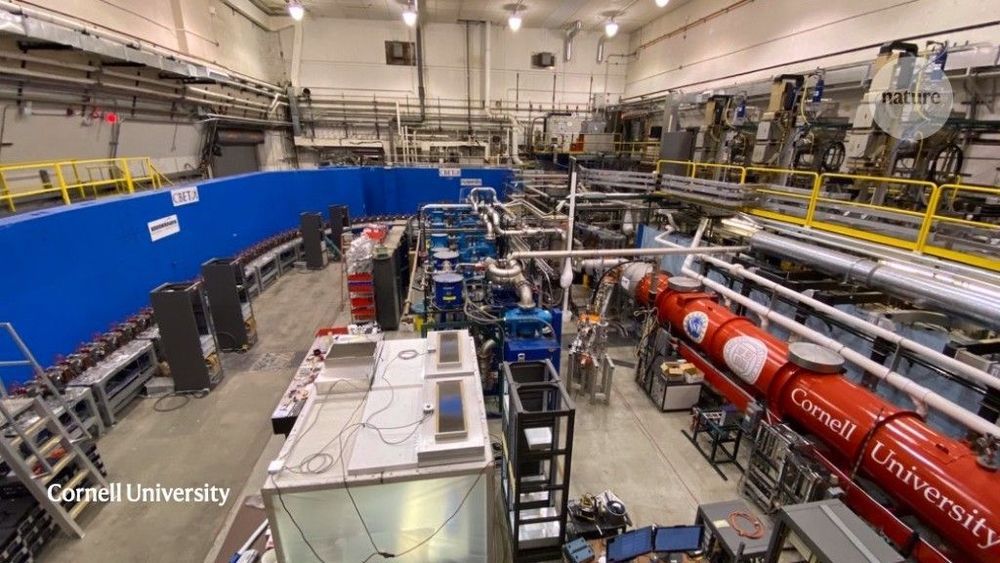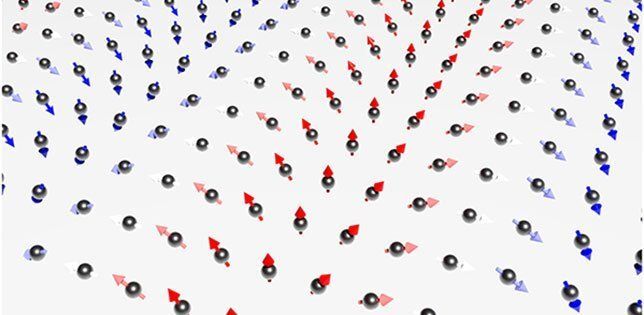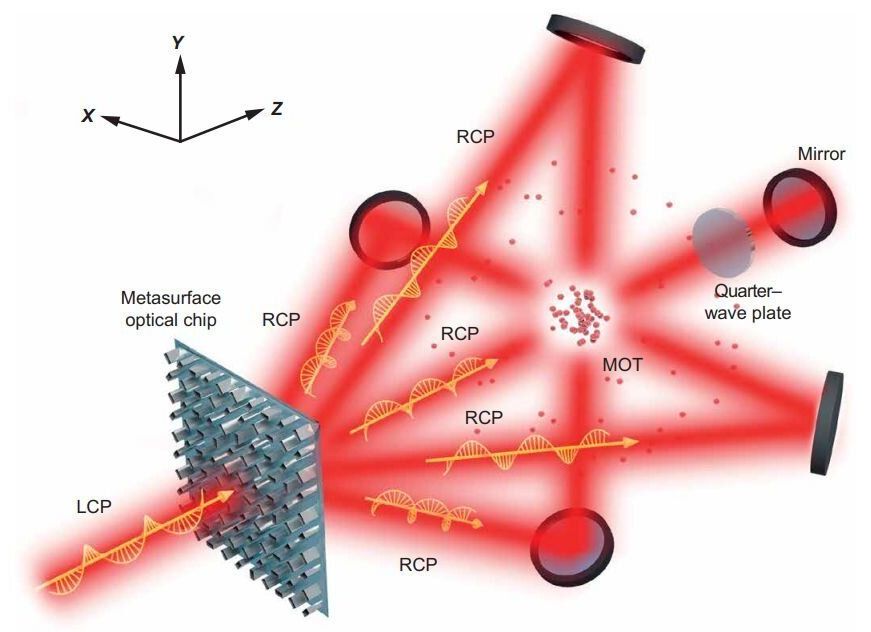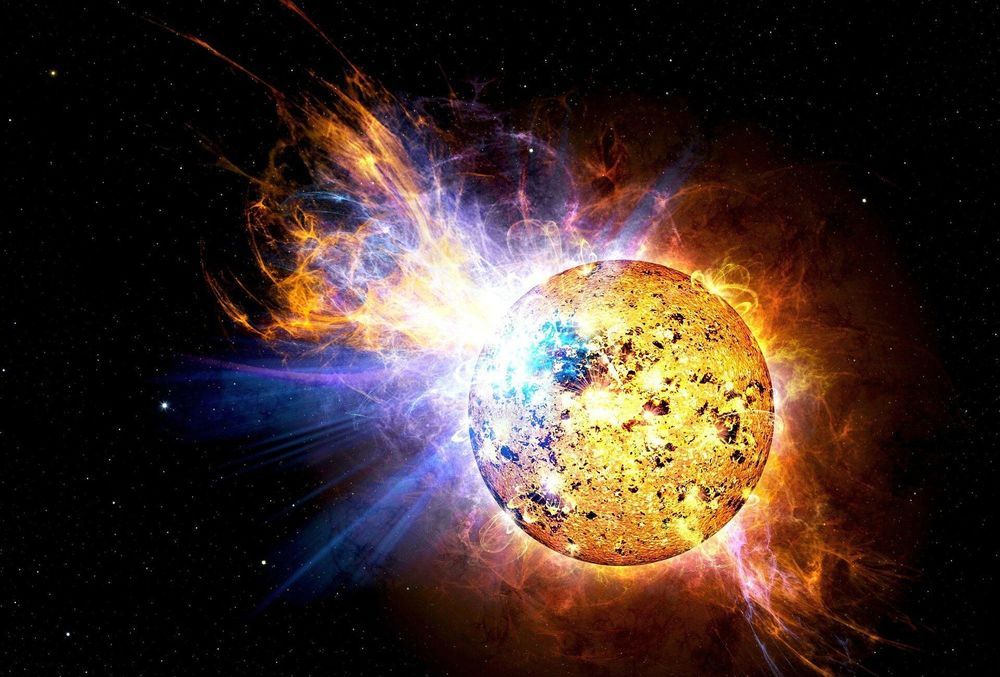Nobody can shoot a bullet through a banana in such a way that the skin is perforated but the banana remains intact. However, on the level of individual atomic layers, researchers at TU Wien (Vienna) have now achieved such a feat—they developed a nano-structuring method with which certain layers of material can be perforated extremely precisely and others left completely untouched, even though the projectile penetrates all layers. This is made possible with the help of highly charged ions. They can be used to selectively process the surfaces of novel 2-D material systems, for example, to anchor certain metals on them, which can then serve as catalysts. The new method has now been published in the journal ACS Nano.
New materials from ultra-thin layers
Materials that are composed of several ultra-thin layers are regarded as an exciting new field of materials research. The high-performance material graphene, which consists of only a single layer of carbon atoms, has been used in many new thin-film materials with promising new properties.
